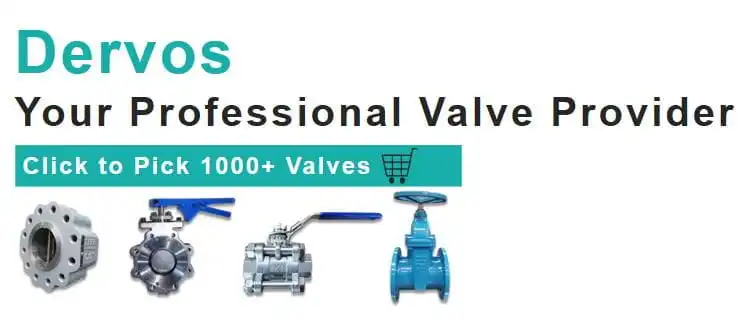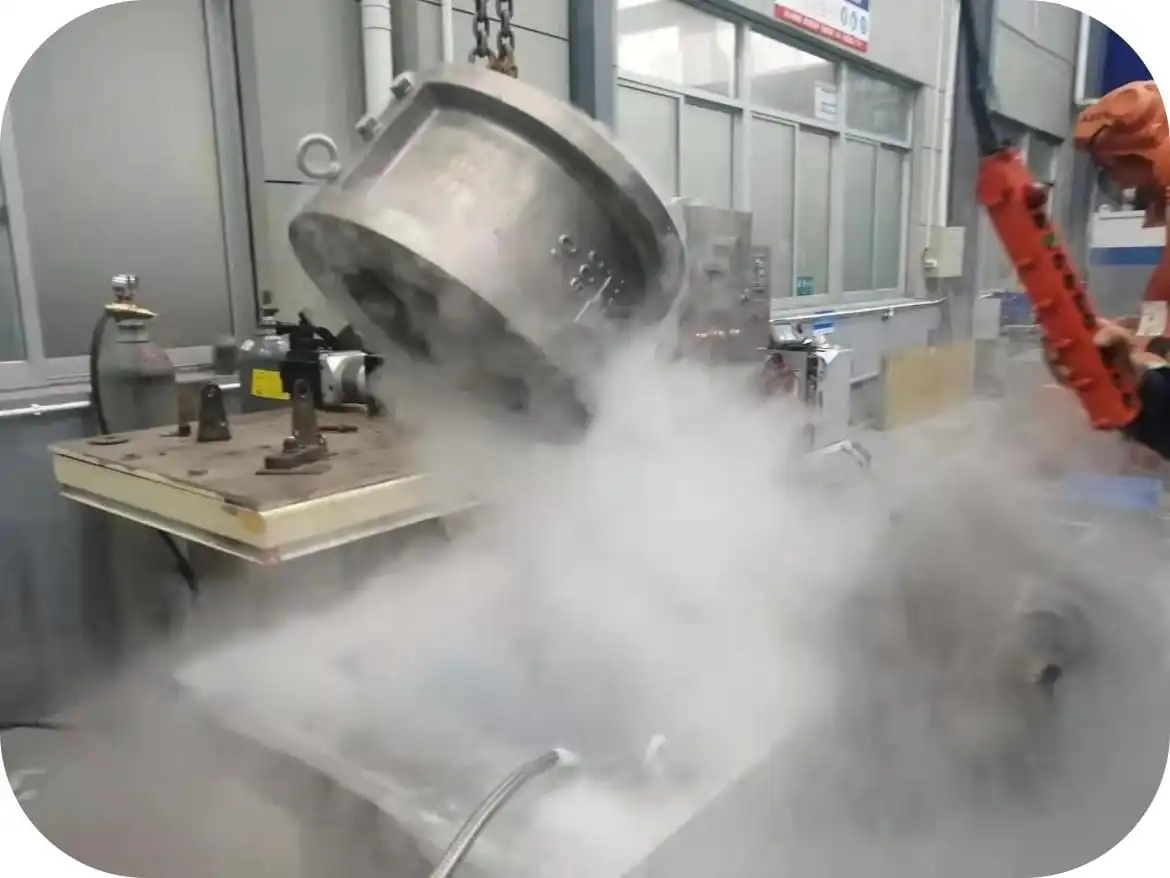
The cryogenic valve refers to the valve that can be used for low-temperature condition. Usually, the valve will be considered as a cryogenic valve when the operating temperature is lower than -40℃. Cryogenic valves are usually used for oil and gas, air separation, natural gas industry, etc., and their quality determines the safety and sustainability of the system. With the development of modern technology, the demand for cryogenic valves and the range of their application is increasing.
Generally, do not use the extended stem for temperatures above -50℃. For temperatures below -50℃, the length of the stem extension depends on the temperature. Cryogenic valves are mainly used for the transmission of cryogenic medium such as ethylene, liquid oxygen and hydrogen, liquefied natural gas, liquefied petroleum, which is not only flammable to easy to explode, but also becomes a gas at a certain temperature. The volume will expand hundreds of times after the gasification.
The material of cryogenic valves is very important. If not correct, it will lead to inside and outside leakage of body shell and sealing surface. If the liquefied natural gas leaks, the valve will explode. Therefore, in the design and manufacture of LNG valves, the material is the most important. Body and bonnet are usually made of LCB (-46℃), LC3 (-101℃) and CF8 (SS 304) (-196℃).

Extended stem cryogenic valves are designed to avoid the heat entering the valve from the outside, and ensure that the packing gland temperature is above 0 degrees celsius, so that the packing is not affected. Finally, it prevents freezing or frosting of stem and bonnet parts due to lower packing temperatures.
Cryogenic valves are designed primarily to prevent expansion design - L. L is the upper surface of the rear seat packaging from the bottom. It depends on the thermal conductivity of the material, thermal conductivity area and surface heat transfer coefficient, heat dissipation area, of which the calculation process is very complex, usually by the experiment.
Working conditions of cryogenic valves are very bad. The medium is usually flammable, permeable. The lowest working temperature can reach -260 degrees celsius, while the highest working pressure can reach 10mpa. In this case, there are generally differences in the design, manufacture, and inspection of cryogenic ball valves with forged ball valves, embedded ball valves, metal seat ball valves.
